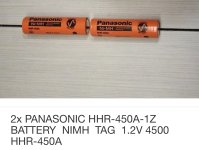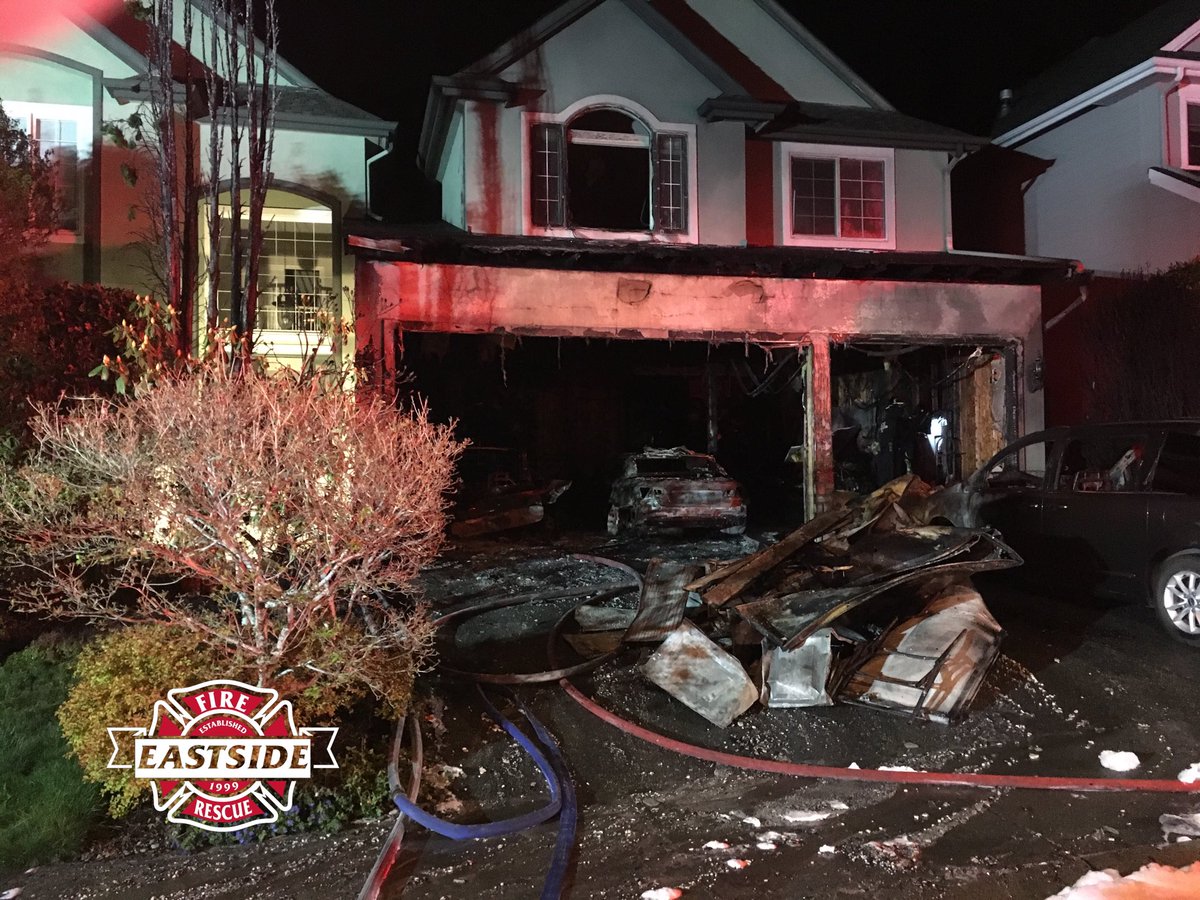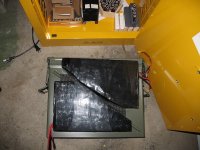dogman dan said:
Well, its been two years now since the fire, and I'm finally going to buy a battery.
I really got tempted to go back to lifepo4, and get another pingbattery. But the low discharge rate, heavy, and large size still turns me off.
I came to the conclusion that what type does not matter all that much, since no e bike battery is ever going to enter my house or garage again. Storage is now in the old smoke damaged electric stove in the backyard
I was thinking maybe this story that just came out the other day about a Tesla owner might make you feel a tiny bit better.
Shows that it doesn't matter how much you spend you can still be unlucky with battery charging.
https://teslamotorsclub.com/tmc/threads/burnt-model-3.149655/#post-3581054
https://twitter.com/IAFF2878/status/1118533324492791809/photo/1
https://patch.com/washington/sammamish/sammamish-home-badly-damaged-fire-tuesday-night
If you got an industrial-strength equivalent "charging stove" in the backyard, you also have the option to then safely "low-amp/charge slowly" overnight, slow charging gives more battery cycles.
---------------------------------
*ADD/EDIT*
I think one of the weirdest most memorable moments I have had on Facebook/Twitter was about a good year ago where I said lithium batteries are quite flammable and shouldn't be considered any safer than combustion cars.
Back then there had been basically no Tesla/EV fires in mainstream media.
Someone jumped on and claimed I was the biggest moron in the world to believe lithium is anywhere remotely as dangerous as traditional combustion cars and that we are likely to NEVER see a lithium EV fire.
This counterclaim to me got 1,000s of likes maybe even 10,000s of likes. It really highlighted to me how dumb the world is and how much the human mind is biased towards ideology over anything to do with fact or logic.
https://www.youtube.com/watch?v=cTJh_bzI0QQ&t=347s
^Lithium battery inside burning on top of a bowl of water.






